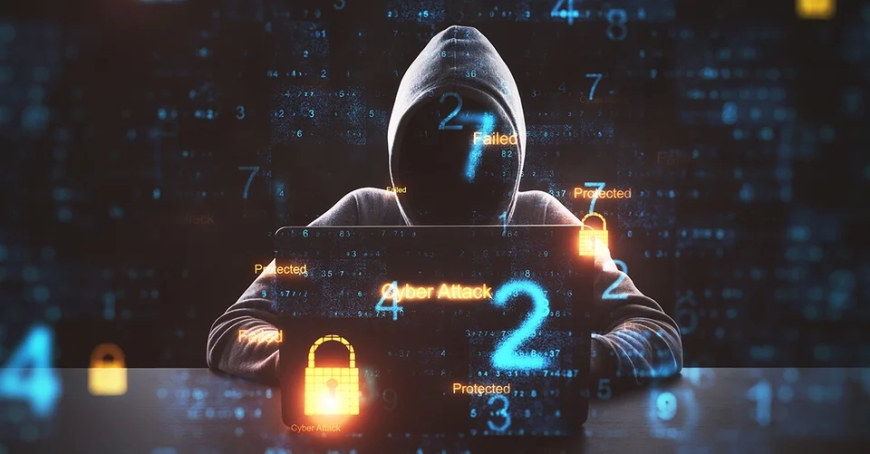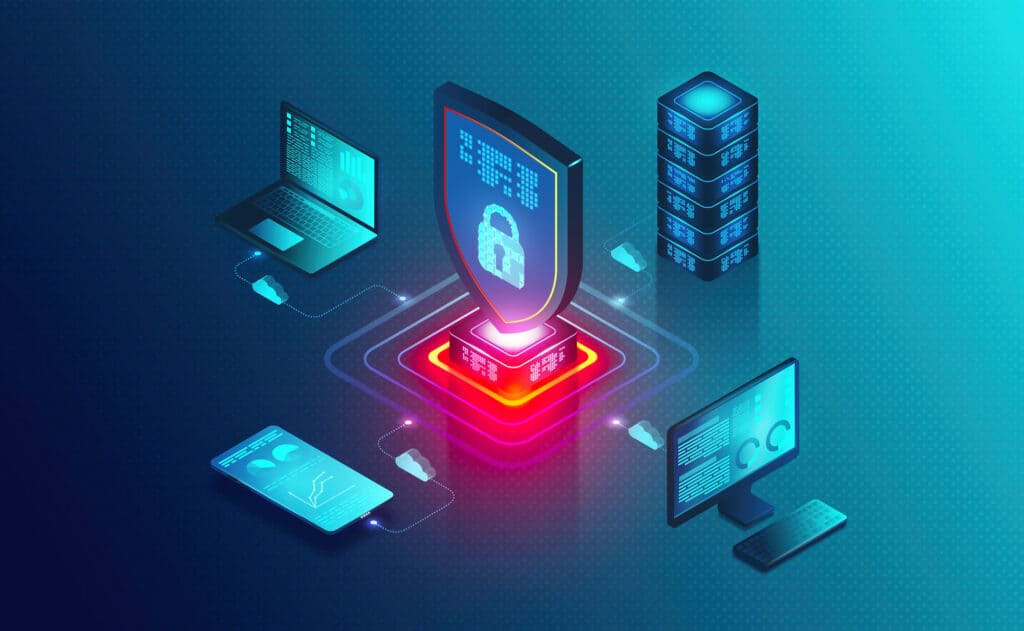AI's Double Game: Cyberattacks vs. Defense
AI is transforming cybersecurity from both sides. Criminals use it for deepfake scams, digital arrest schemes, and adaptive malware that dodges detection. Defenders counter with behavioral analysis and automated threat response. It's an endless arms race—attacks get smarter, defenses catch up, repeat. Winners adapt fastest and question everything.

AI's rewriting cybersecurity rules. Problem is, hackers got the memo too.
Same tech protecting your data? Criminals are weaponizing it for sophisticated attacks. We're watching this arms race play out in real-time, and honestly, it's getting wild. Digital arrest scams—where AI impersonates cops or government officials—are just the start.
Hackers Love AI Too
Criminals aren't stupid. They grabbed AI tools faster than most companies built defenses.
What they're doing with it:
Deepfake voice cloning for CEO fraud—your boss calling about urgent wire transfers, except it's not really your boss. These scams already cost companies millions. Voice sounds perfect, mannerisms match, timing feels urgent.

Digital arrest schemes exploded in India recently. Scammers use AI-generated video calls impersonating police officers, threatening victims with fake arrest warrants. Looks legit, sounds official, people panic and pay. That's AI doing the heavy lifting—face swap tech, voice modulation, scripted responses that adapt to victim reactions.
Phishing emails got scary good. AI writes messages that pass as genuine—no more broken English or obvious red flags. Personalizes content based on scraped social media data. Knows your job, your boss's name, recent company news.
Malware that learns and adapts. Old viruses followed patterns. New AI-powered malware is capable of studying your network very minutely. They find weaknesses and adjust attack strategy very easily and just like that. Besides, they evade traditional antivirus software because it doesn't behave like known threats.
Automated vulnerability scanning at a mammoth scale. What took hackers weeks now happens in hours. AI crawls networks, finding holes, testing exploits, and moving laterally through systems before security teams notice.
Defense Systems Fighting Back

Security companies aren't sitting still. AI-powered defense tools are getting smarter, faster.
Real protection now available:
Behavioral analysis that spots weird patterns. Your accounting system suddenly accessed at 3 AM from Romania? AI flags it instantly. Employee downloading unusual data volumes? Blocked before damage happens.
Threat detection working at machine speed. Millions of events analyzed per second, connecting dots humans would miss. Sees patterns across global networks, learns from attacks happening elsewhere.
Automated incident response cuts reaction time from hours to seconds. Yes, we all know that! Suspicious activity triggers immediate containment, which includes isolating infected systems, blocking malicious IPs, and alerting security teams with full context.
Predictive security identifies vulnerabilities before exploitation. AI scans code, configurations, and network architecture—finds weaknesses and suggests fixes proactively.
Zero-trust architectures powered by continuous authentication. AI constantly verifies every access request based on behavior patterns, device health, location anomalies. One compromised password doesn't hand over kingdom keys anymore.
Problem? This tech costs money. Big corporations can afford advanced AI security. Small businesses struggle with basic protection. Creates a gap hackers exploit ruthlessly.
What This Means Going Forward
We're not winning or losing—we're stuck in permanent escalation.
Hackers improve attacks, defenses catch up, hackers evolve again. Cycle never stops. AI makes both sides more effective, which somehow makes everything more dangerous and more secure simultaneously.
What actually helps:
Stop trusting blindly. Verify everything, especially urgent requests involving money or sensitive data. CEO calling about wire transfers? Call them back on known numbers.

Layer your defenses. AI security tools work better combined with basic hygiene—strong passwords, regular updates, employee training. No magic bullet exists.
Assume breach mentality. Plan for compromise, not just prevention. How fast can you detect and contain damage? That matters more than perfect perimeter defense.
Stay current on scams. Digital arrest schemes work because people don't know they exist. Awareness kills most social engineering.
For businesses: invest in AI defense tools proportional to your risk. Can't match enterprise budgets? Focus on managed security services that pool AI capabilities across clients.
Governments need to regulate deepfake technology without killing innovation. Tricky balance, but doing nothing invites disaster.
Bottom line: AI isn't making cybersecurity easier—it's making it faster and weirder. Both attacks and defenses are getting more sophisticated. Winners will be those who adapt quickest and stay paranoid enough to question everything.
What's Your Reaction?
 Like
0
Like
0
 Dislike
0
Dislike
0
 Love
0
Love
0
 Funny
0
Funny
0
 Angry
0
Angry
0
 Sad
0
Sad
0
 Wow
0
Wow
0























































































































































































